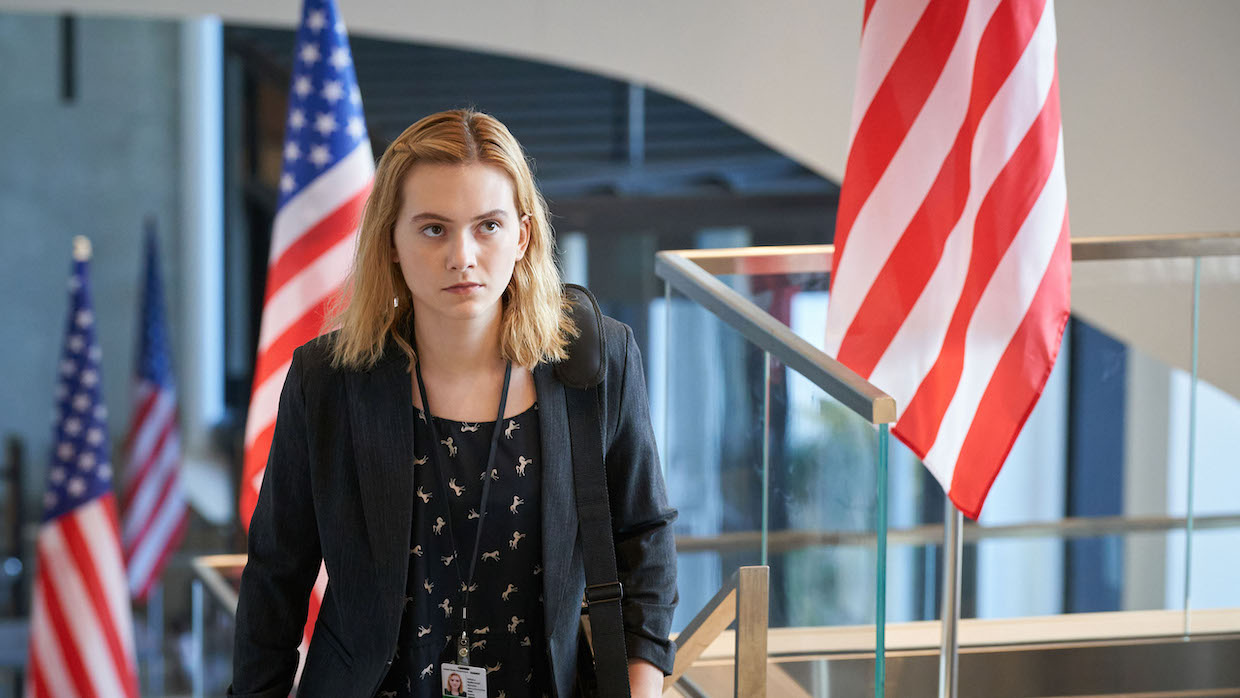Community, Leadership, Experimentation, Diversity, & Education
Pittsburgh Arts, Regional Theatre, New Work, Producing, Copyright, Labor Unions,
New Products, Coping Skills, J-O-Bs...
Theatre industry news, University & School of Drama Announcements, plus occasional course support for
Carnegie Mellon School of Drama Faculty, Staff, Students, and Alumni.
CMU School of Drama
Monday, January 22, 2024
"We’re There To Solve Logistical Problems All Day Every Day": DP Steve Yedlin on Winner
Filmmaker Magazine: Based on the real-life whistleblower who leaked an intelligence report exposing Russian interference in the 2016 election, director Susanna Fogel’s Winner depicts the events leading up to Texas native Reality Winner’s eventual arrest and sentencing.
Subscribe to:
Post Comments (Atom)

2 comments:
While my passion is not working in film, it seems to me that a lot of the situations that come in the process of designing for film are similar to the situations that we find in theater. This conversation with a cinematographer seemed very similar to the conversation I could be having with a lighting or set designer. They are collaborating with the director in order to create scenes that are evocative of both the story that they are trying to tell and the artistic styles of the creatives. One part of the interview that I found very interesting was the cinematographer's aversion to comparing the wants of the director to other famous movies. I have seen in a lot of artistic conversations a tremendous number of allusions and references to other pieces of work when describing what they want the current piece to feel like. I think that it is more helpful to use specific rather than abstract language so that the director and designers can have a more concrete understanding of what the piece is going to look like.
As someone with a very limited knowledge of the film industry, I found this article quite enlightening to read. I don’t ever see myself working in the film industry; the precision needed for filming, multiple locations, and tedious editing techniques don’t appeal to me the same way the liveness of theater does. This being said, I found a lot of Yedlin’s descriptions of design to be similar to what I know about theatrical design thus far. I appreciated how Yedlin specified that sometimes the hardest parts of working as a designer are internal. He stated, “External circumstances are just everyday realities, but internally figuring out what you’re trying to do—how to best visually tell the story—is the real challenge.” I agree with this thoroughly; figuring out the visual means to describe the emotions I associate with a material can be painstaking. I have all the ideas but transferring them to a visually processable form requires a level of trial and error and failure at times. I hope to view Yedlin’s work in the future and see examples of what he describes on the screen.
Post a Comment